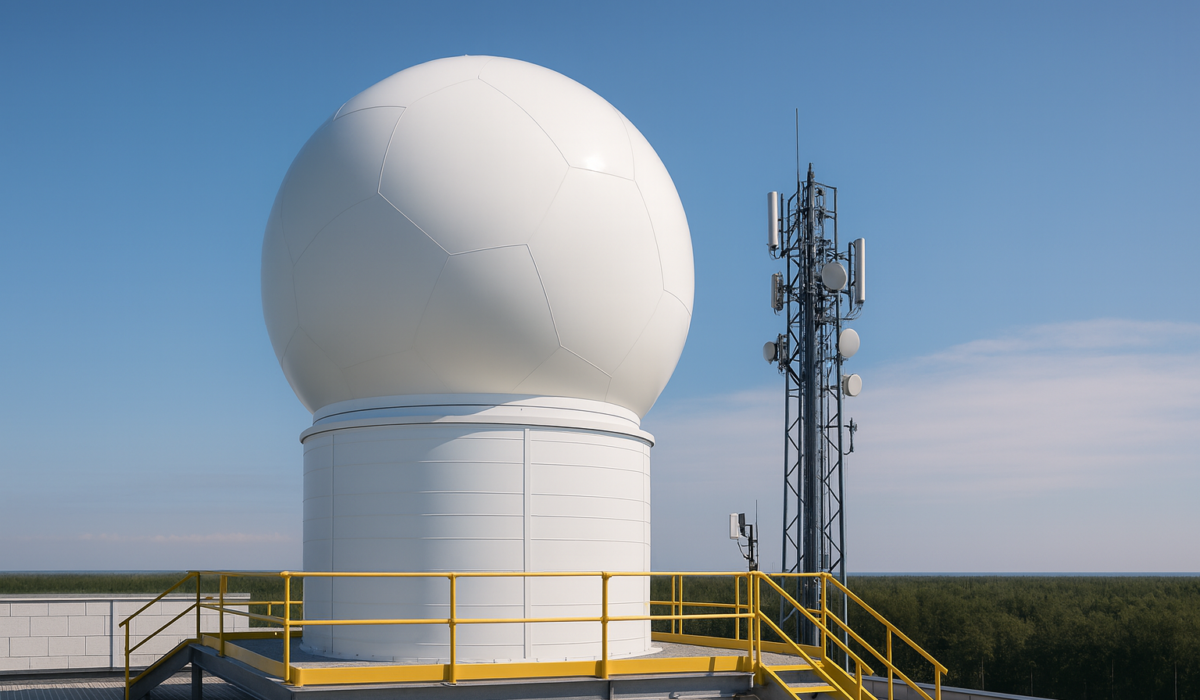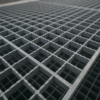Radar Domes and GRP: The Perfect Partnership for Modern Communication and Surveillance
Radar domes (radomes) are protective enclosures for radar antennas and communication systems, shielding sensitive equipment from environmental damage while enabling clear signal transmission. As global demand for reliable communication and advanced surveillance expands in aviation, defense, marine, meteorology, and telecommunications, Glass Reinforced Plastic radar domes (GRP radar domes) have become a preferred solution thanks to their strength, durability, and signal-friendly properties.
The Role of GRP in Radar Dome Technology
GRP radar domes safeguard electronics from wind, rain, snow, salt spray, UV radiation, and extreme temperatures. Whether mounted on aircraft, vessels, offshore platforms, or ground stations, radar domes must protect equipment while allowing unhindered electromagnetic signal performance. GRP is the ideal material for radar dome construction because it combines physical protection with electromagnetic transparency.
Advantages of GRP for Radar Dome Applications
The ability of Glass Reinforced Plastic radar domes to be molded into complex shapes makes them highly adaptable for modern radar systems. GRP’s lightweight yet durable nature helps minimize drag on aircraft and reduces fuel consumption. Unlike metal, GRP will not corrode or interfere with radar signals, offering a low dielectric constant and minimal signal attenuation for optimal communication and surveillance functionality.
Key Benefits of GRP Radar Domes
- Signal Transparency: GRP radar domes ensure reliable signal transmission with low dielectric loss.
- Design Flexibility: GRP allows for complex aerodynamic designs tailored to specific applications.
- Corrosion Resistance: GRP stands up to saltwater, chemicals, and UV exposure without degradation.
- Durability: Resistant to impact, hail, and debris, GRP radar domes protect vital equipment.
- Low Maintenance: GRP domes require minimal upkeep, reducing lifecycle costs.
Industry Applications of GRP Radar Domes
- Aviation: Nose cones and radar domes for aircraft and air traffic control systems.
- Marine: GRP domes for ships, offshore platforms, and coastal installations.
- Defense: Radar domes for surveillance, electronic warfare, and missile guidance.
- Meteorology: GRP radomes for weather radar and satellite data systems.
- Telecommunications: Protective GRP enclosures for satellite and ground communication stations.
Manufacturing Process of GRP Radar Domes
GRP radar domes are produced using advanced processes like hand lay-up, resin transfer molding, or filament winding. These techniques ensure precise shape, consistent thickness, and high performance. Quality checks focus on dimensional accuracy and dielectric properties to guarantee electromagnetic transparency.
Sustainability and Longevity
Choosing GRP for radar domes supports sustainability by offering long service life and reduced maintenance needs. GRP’s corrosion resistance minimizes replacements, lowering material waste. Its lightweight properties contribute to lower fuel use for aircraft and marine vessels.
Final Thoughts
Glass Reinforced Plastic radar domes are setting new benchmarks in communication and surveillance technology. Their unmatched combination of durability, signal transparency, and design versatility makes GRP the ideal choice for modern radar dome applications. Explore the future of reliable, high-performance radar enclosures with GRP radar domes.




